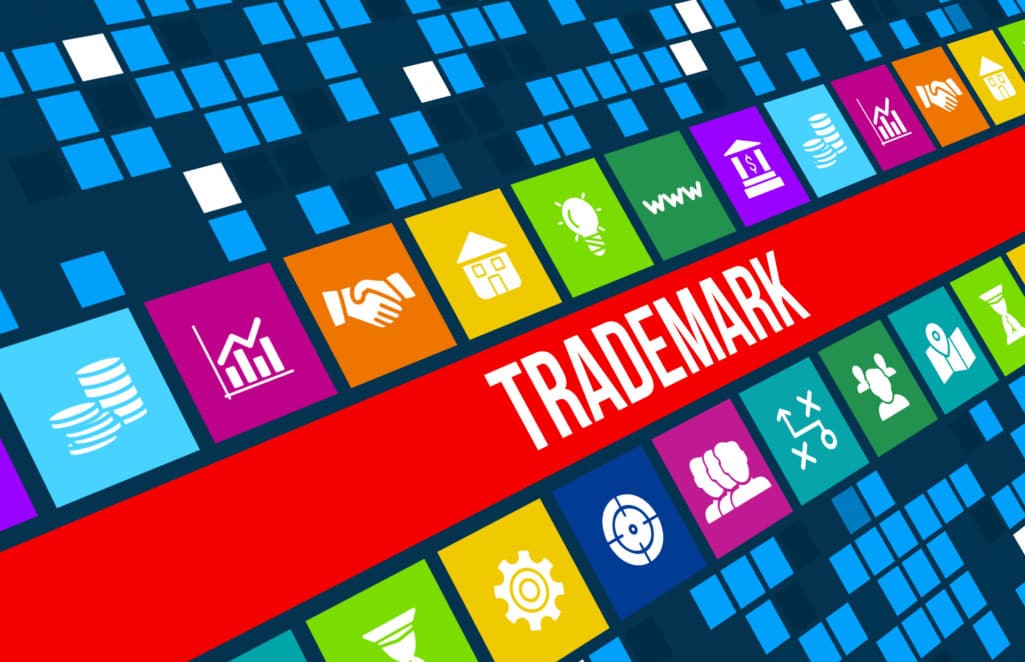Earlier this month, the federal government confirmed that fundamental changes to Canada’s trademark laws will come into effect on June 17, 2019. Amendments to the Canadian Trademarks Act and Trademarks Regulations will harmonize Canadian trademark laws with international trademark norms and practices and this summary will review the key changes.
Some of the key harmonizing changes to the Canadian trademark application process include Canada adopting the NICE classification system. This system provides a global standard for the description and classification of goods and services that may be included in a trademark application. Applicants will now be required to pay a separate fee for each class of goods and services included in an application and this may limit an applicant from overreaching in a draft trademark application.
Canada will also now be part of a global trademark application system known as the Madrid Protocol. This Protocol permits an applicant to file a single trademark application across multiple jurisdictions, up to 100 countries worldwide, at significant cost savings to the applicant. The trademark registration and enforcement requirements will remain subject to the applicable foreign jurisdiction’s laws so Canadian applicants should consider the foreign registerability and use requirements before filing the application.
Changes to Canadian trademark laws are also intended to simplify the Canadian trademark application process. For example, under the current regime, a trademark application cannot achieve registration until such time as the applicant can establish that it has commenced use of the trademark in Canada in association with the goods and services set out in the application. Under the new regime, prior use will no longer be required before a trademark can achieve registration. This will allow foreign trademark owners to file and protect their foreign trademarks in Canada prior to commencing use of their marks in Canada. Unfortunately, such change may also result in trademark trolls (persons or entities who seek trademark protection but with no intention of using the trademark in commerce) filing applications in an attempt to squat and claim trademarks for non-commercial purposes.
The scope of trademark protection afforded to a registered trademark is also changing. For example:
- registration and renewals filed after June 17, 2019 are reduced to 10 years; existing registrations retain their 15-year protection;
- a broader definition of what is registerable as a trademark is being introduced to include non-traditional trademarks of colour, taste, texture, sound, moving images, holograms, and more;
- trademark examiners (government trademark application evaluators) will have increased latitude to require evidence of distinctiveness or uniqueness when considering a trademark application; and
- the opposition process is amended to include specific rules on service of evidence and written materials, allow costs to be awarded, and permit the Registrar to grant split decisions that may refuse some aspects of applications and registrations and reject other aspects.
Lastly, costs for trademark applications and registrations will be amended. The cost for a Canadian trademark application will depend on the scope of goods and services included in the application. A filing fee of $330 will apply for the first class of goods or services with an additional filing fee of $100 for each additional class. Once the application is approved to proceed to registration the current registration fee of $250 will be removed. Renewal fees will increase to $400 for the first class of goods or services plus $125 for each additional class.
If you have questions on how the shift in the trademark landscape will impact your business and your branding strategy do not hesitate to contact Scott Allen or another member of our Trademark Practice.


